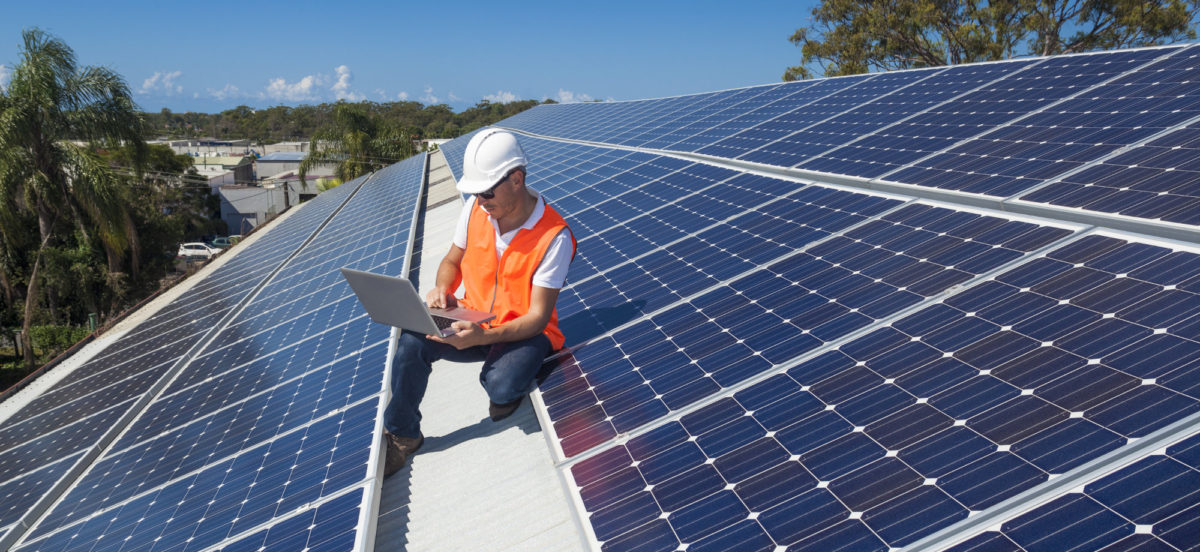Partimewages
Solar Addict
You should only use equipment that is rated for the job it's intended for.
Even wire nuts have specification sheets. If you can't get a specifications sheet with installation instructions you probably shouldn't use the device.
Even wire nuts have specification sheets. If you can't get a specifications sheet with installation instructions you probably shouldn't use the device.





